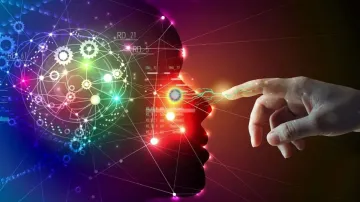In recent times, AI-generated images have become a highlighting reason for disseminating misinformation and propaganda on various digital platforms. These images have been created by using sophisticated algorithms like generative adversarial networks (GANs) and it has further sparked concerns related to the potential for deceiving individuals. It is worth noting that the fabricated images of prominent figures like Elon Musk, Narendra Modi, Taylor Swift, and Rashmika Mandana have surfaced and created effective detection mechanisms.
What is GAN Images?
- Generative adversarial networks (GANs), were conceptualized at the University of Montreal in 2014 by computer scientists. It has revolutionized the of machine-learning realm by enabling computers to create real-like images.
- GANs further operate through a dynamic interplay between two neural networks - one which generates images which could be discerning and people might get confused between real and fake.
- Initially, GAN-generated images exhibited limited realism, but the advancements of artificial intelligence led to the creation of images which could be virtually indistinguishable from real photographs.
How to detect AI-generated images: Strategies and tips
How to observe?
- Careful Examination by zooming into the images and scrutinising the inconsistencies like repeated patterns and unnatural symmetrical features.
- Focus more on body parts and features like facial features, any marks, body proportions and text-to-figure AI manipulation.
Source Verification
- Utilize tools like Google Lens, Bing or Tineye to trace the origin of an image which could provide valuable insights into its authenticity.
- Watermark Analysis: You need to check for the watermarks or metadata embedded in images which could aid in identifying their source.
- Paying attention to the titles, descriptions, and comments for the disclosures regarding the AI generation which could provide can offer vital clues to know if the mechanically created.
Background Assessment
Blur and Distortion: AI-generated images will often be blurred or distorted in the backgrounds along with having repetitive patterns and merging objects, which will signal potential fabrication.
An incomplete Rendering of the background elements could be observed in the case of viral explosion images near the White House, which further signifies the AI manipulation.
ALSO READ Amazon to launch Bazaar: A low-priced fashion vertical in India
ALSO READ: Ruchir Dave to head Audio division at Apple: All you need to know about him and his Gujarat connection
